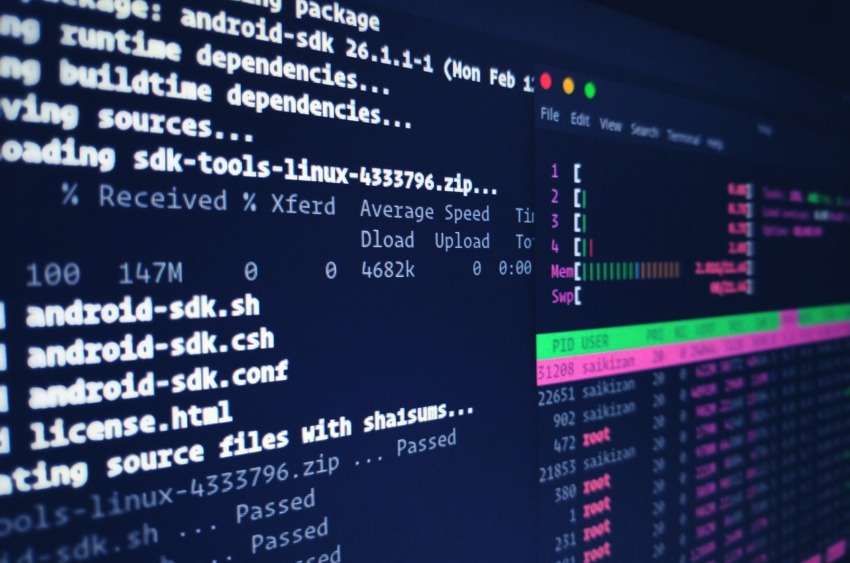
What is Linux?
Linux is a family of UNIX-like operating systems based on the Linux kernel. This system is an example of free and open source software (FLOSS). Its source code can be used, modified, and distributed without any limitations. The first version of the Linux kernel was released to the public on the 17th of September 1991. […]
Linux is a family of UNIX-like operating systems based on the Linux kernel. This system is an example of free and open source software (FLOSS). Its source code can be used, modified, and distributed without any limitations.
The first version of the Linux kernel was released to the public on the 17th of September 1991. Currently it is available in a variety of Linux distributions, which consist of a kernel and a set of software packages tailored to a specification. Distributions primarily contain software based on FLOSS licenses, but most also contain or allow for the installation of additional programs on the proprietary license.
One of the most important Linux applications is the server environment, for which commercial support is offered by large computing companies such as: IBM®, Oracle®, Dell®, Microsoft®, Hewlett-Packard®, Red Hat® i SUSE®. Linux runs on a wide variety of computer hardware, including desktop computers, supercomputers, and embedded systems such as: mobile phones, routers, and televisions (e.g. LG®, Samsung®).
History
The inception of Linux occurred in 1991, when the Finnish programmer, Linus Torvalds, created as part of a hobby, an operating system, which he made open source.
However, Linus only created the kernel. The full operating system still needed a shell, a compiler, libraries, and other system components. GNU software was used to fill most of these components. However, some of them required major changes, which were either financed by the GNU project or were made earlier by Linus Torvalds.
Application
Linux is used as the base operating system for servers (Web, FTP, mail, databases), firewalls, routers, embedded systems, as well as in some DVD players, DVB tuners and other home appliances.
Linux is available for the office and home computer market, due to the emergence and development of a distribution; characterised by easy installation and large software resources. The governments of many European countries have implemented or are implementing Linux on state administration computers. Furthermore, due to the security, stability, ability to audit and the ease of modification of the Linux source code, it is used by the Police, Army, Intelligence, and Counter-intelligence agencies.
Most banking and financial institutions use Linux as their operating system. For example, the Wall Street trading system and the London Stock Exchange are based on this operating system.
Linux is the principal operating system used among the TOP500 list of supercomputers. It is in application within the film industry, both on servers and workstations. It is the prominent system on computers used to create animations and special effects. Among others it is used by Dreamworks®, Pixar® czy Industrial Light & Magic®.
Another application of the Linux operating system is medical devices, for example GE® computer tomography. Popular Wi-Fi signal access points are based on the simplified Linux kernel; ARM processors, which are used in cell phones, operate using this system.
Linux also has applications within GPS navigation, for instance TomTom® based their devices on the operating system.
Most of the decoders of satellite and terrestrial transmissions work using Linux.
Sales of Android smartphones (based on Linux) dominate the market. Most advanced phones in the world have a system based on Linux. Currently, the number of phones and tablets, with the Android operating system is greater than the total number of devices currently using Microsoft Windows. To fully understand the overall number of devices using Linux, you would need to add the servers, personal computers and any other devices for example home appliances.
Stability, Security and Development
One of the distinguishing features of the Linux platform compared to other systems is its stability, high security and quick development. All these advantages have their origin within the open access to the source code. Developers around the world can easily locate any errors, improve or develop the code through adding new functionalities.
We are migrating from Windows to Linux, because we need a stable and reliable operating system.
In 2013, NASA announced the installation of Linux on all computers of the International Space Station, which previously were using US-based commercial Microsoft Windows. The reason for the transition was that Microsoft Windows had stability problems and they desired greater control over the systems functionality.